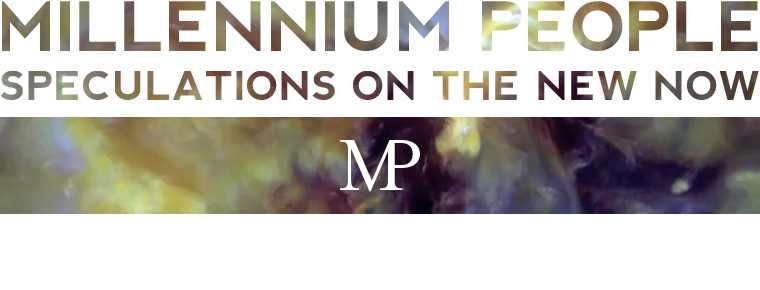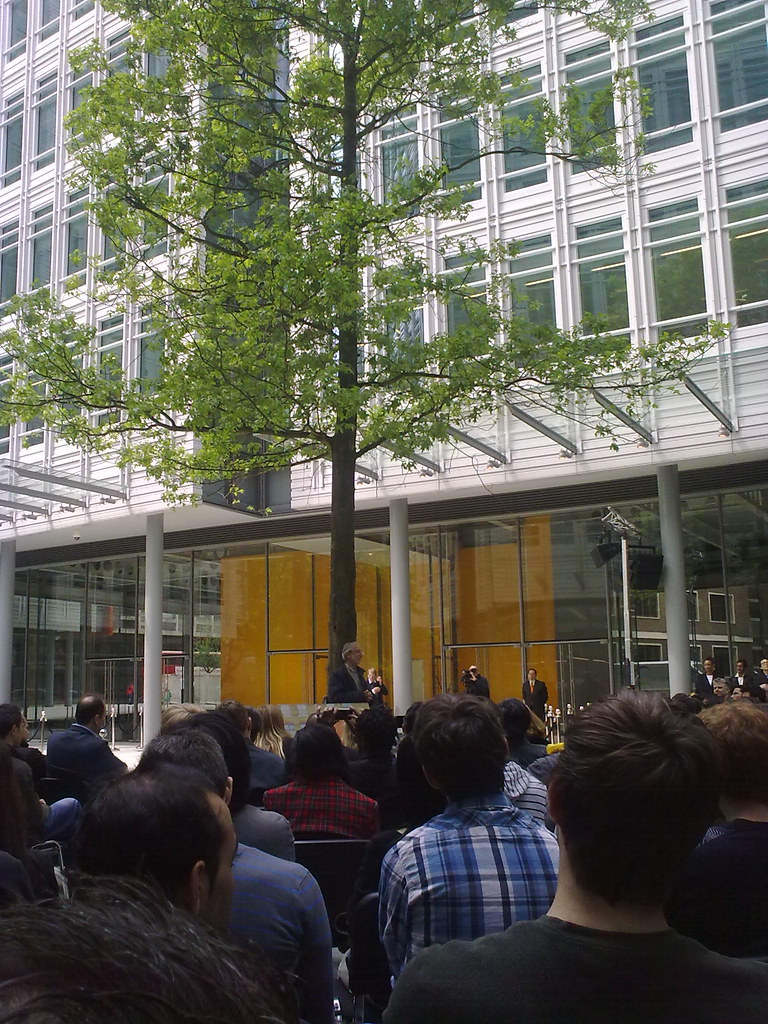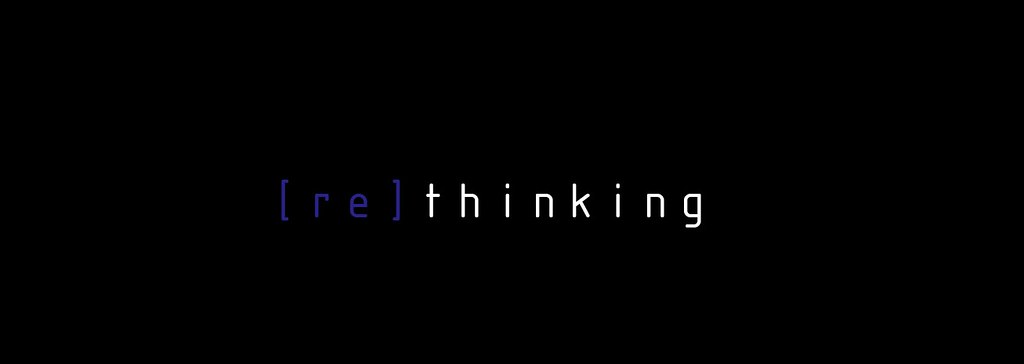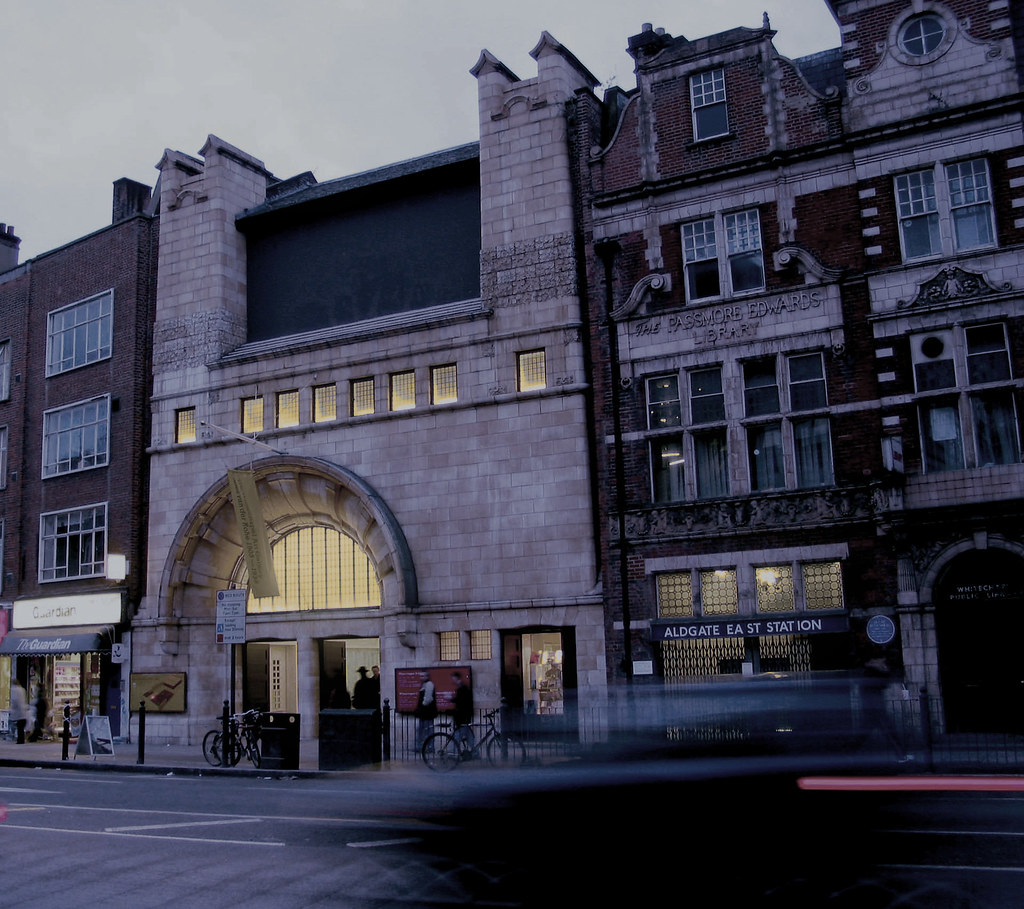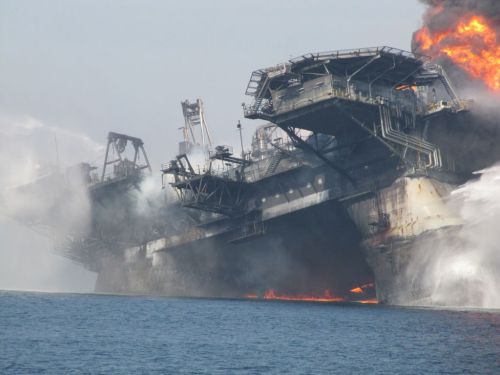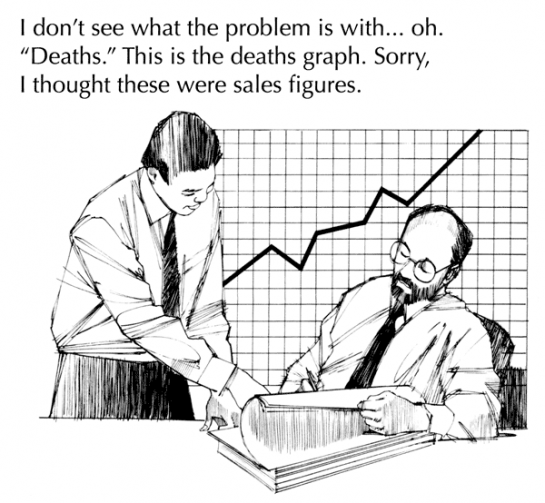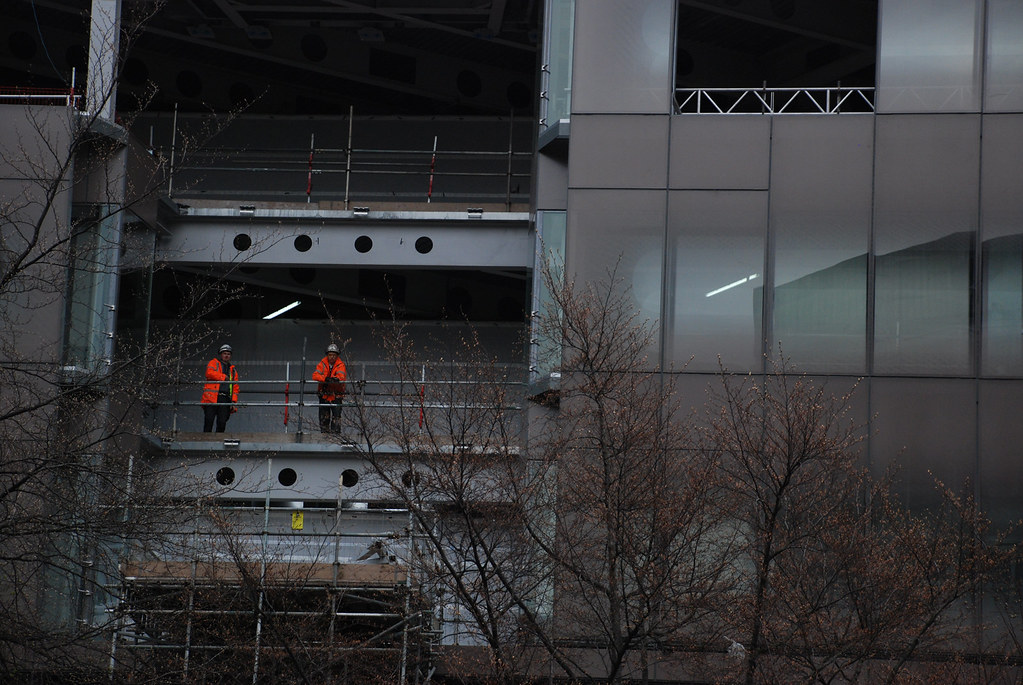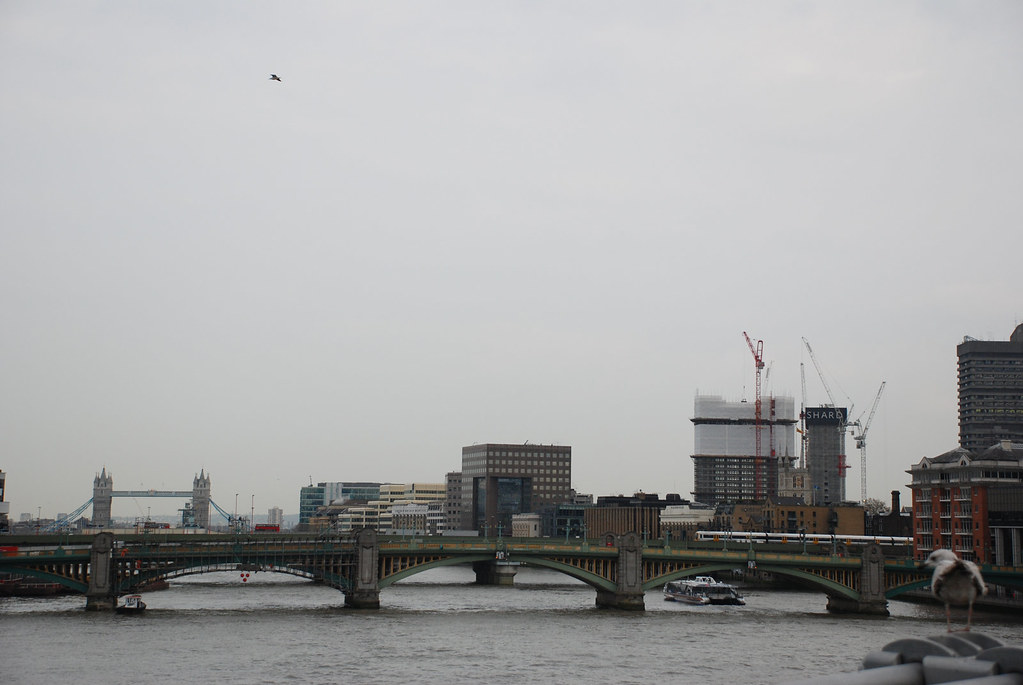
I'm in the labs waiting for some images to render (more on that later in the year), so while the computer plugs away at it: some news.
London: the image above maps the city by geo-tagged flickr photos – I'm kind of surprised the rapidly gentrifying East isn't darker. Check out the Geotaggers' World Atlas (must see!). Related, the Londonist has mapped city institutions that broadcast on Twitter. Slight diversion - did you know twitter.co.uk is an English nationalist site? Tweets precipitated into cuckoo clocks (also, tweets converted into bone structure). Back to geotagged photo maps: Europe. Back to London: Boris Johnson, mayor thereof, is scrapping the Western Congestion zone. WTF dude? Chelsea is where most of the cars are at, no? Also on Boris' to-do list, city-wide free wifi by 2012 - from the unimaginatively named company The Cloud.
Herzog + De Meuron have turned a car park into an art form (1111 Lincoln Road, Miami). But is it really Post-Ballardian? Related, Into The Loop's mixed-use car park/metro station. Still re-using urban structures – the Lords of Raisintown: skateboarders that clean out the pools of re-possessed homes in order to skate in them. Police and real-estate agents are cool with this, since it keeps the pools clean and the property supervised. BLDG BLOG on rogue factories.
I wrote yesterday about Renzo - MP tip-off (I wish you would all send in more, frankly) from an Italian reader – for $11 you can 'be Renzo Piano', its an ipad app... OMA have made a new map of Europe – Eneropa! It's been wrapped up by all the regular dudes, Supercolossal + Infranet and whatever, but the best images are by far Club Construct.

Image source and location unknown...
Dross: inside Hitler's bunker (LIFE have some great galleries); The Ghastlycrumb Tinies, a children's book; startup quotes (Twitter founder: "Investors are employees you can never hire. We made sure to pick investors that thought like us."); crazy tunnels in Russia's only private metro; Turkish bees make beautiful nests from flowers; Notes from Chris (must-read!); in relation to my screen bit, the Nintendo DS as building; why I don't go to festivals; Sean Connery in a thong; steal this idea; Japanese neon light fights (real gorey, with blood and shit, prob NSFW); minigolf meets publicity: advertput; a mad hail storm in the states...
Finally,
